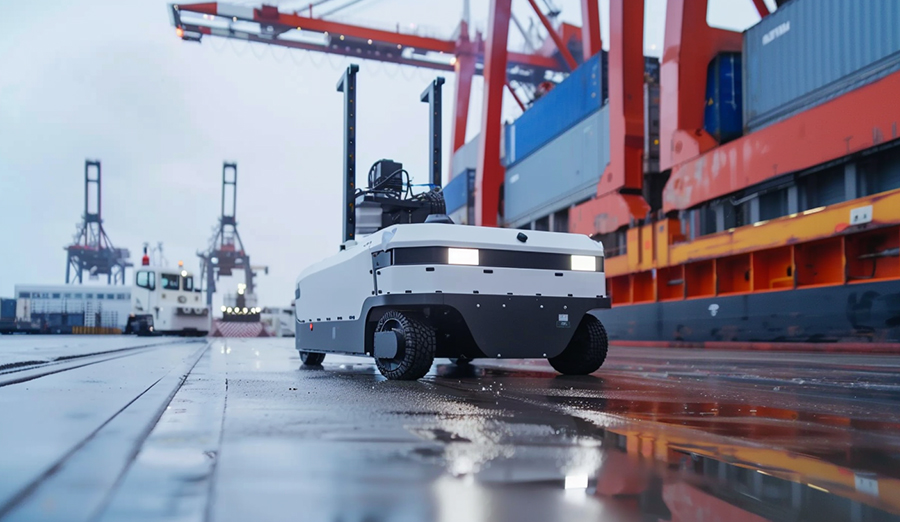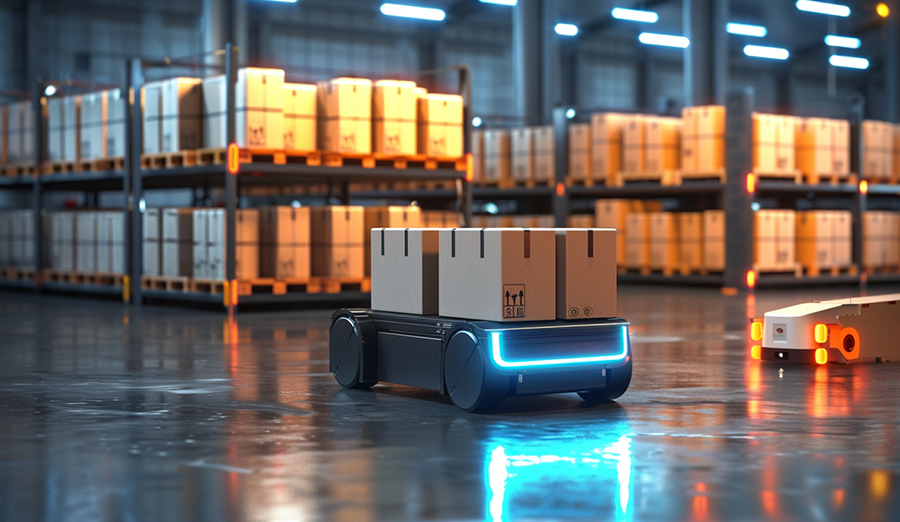
WIRELESS CHARGING IN THE NEWS

the design and selection of automatic charging devices for outdoor cleaning robots need to consider many factors such as weather resistance, positioning system, charging efficiency, compatibility, safety and user experience.


which charging method is safest depends on the specific application environment and needs. If non-contact and automation are emphasized, wireless charging and automatic battery change systems may be a better choice; In terms of mature technology and cost control, wired charging still has advantages that cannot be ignored.


Robot wireless charging and traditional charging have their advantages and disadvantages. Wireless charging is mainly characterized by its non-contact and convenience, which is suitable for scenarios with high requirements for charging frequency and operational flexibility.


In the future, with the continuous progress of technology, the realization of unmanned charging will be more mature. Efficient energy transmission technology, intelligent control system and advanced algorithm support will enable the robot to achieve true autonomous operation in more scenarios.


The application of wireless charging technology has liberated home appliances from traditional constraints, bringing unprecedented convenience and efficiency. Whether it's in the kitchen, living room or cleaning, this technology is quietly changing the way we live.


The wireless charging technology of unmanned forklifts not only represents an advanced charging method, but also shows a strong cost advantage in actual operation.


With the continuous advancement of technology, unmanned forklifts equipped with advanced sensors and intelligent control systems can intelligently determine the best time and place to charge according to the power situation, achieving a high degree of self-management and autonomy.


Contact charging has a low initial cost and short-term return on investment, but may face higher maintenance costs and limited application scenarios in the long run. Although the initial investment is high, wireless charging has low maintenance costs, high working efficiency and a wide range of applications, which may provide higher economic benefits in the long run.


High-power wireless charging technology for industrial robots is becoming an important trend in industrial automation due to its high efficiency, low maintenance, flexibility and ability to adapt to future intelligent manufacturing.


The composition of industrial-grade wireless charging module is complex, involving the integration and collaboration of a variety of technologies and components. Its efficient and stable charging capability relies on the precise coordination of the transmitter and receiver, as well as the intelligent management of the control system. With the continuous development of technology, wireless charging modules will further enhance the flexibility and reliability of industrial automation equipment, providing more efficient energy solutions for modern industry.


In the future, with the continuous progress of wireless charging technology, the charging efficiency is expected to be further improved, the cost of equipment is gradually reduced, and wireless charging may become the mainstream way of charging power inspection robots. Through continuous technological innovation and application optimization, power inspection robots will be able to achieve more efficient and reliable operation, and further improve the intelligence level and safety performance of the power system.


Overall, pin charging and wireless charging have advantages and disadvantages, enterprises should choose the most suitable charging scheme according to their own needs and specific application scenarios. In the future, with the further maturity and popularization of wireless charging technology, the use of AGVs will be more flexible and efficient, which will further promote the development of industrial automation and take it to a new height. The combination or complementary use of pin charging and wireless charging may become a new direction for the development of AGV charging technology in the next stage.
